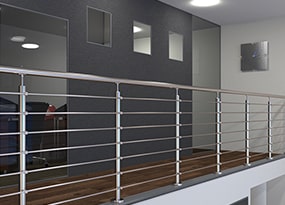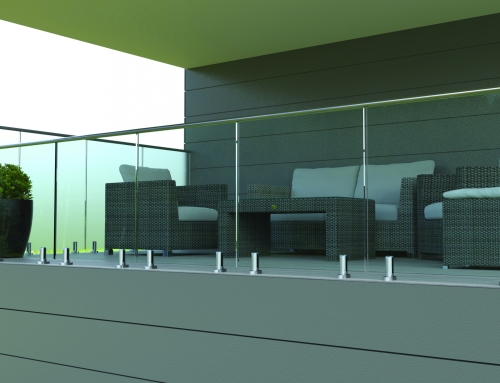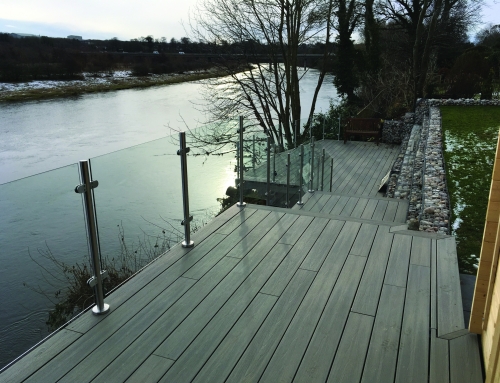Creating the perfect stainless steel handrail for your project is an art that combines functionality, safety, and aesthetics. Here’s a step-by-step guide to ensure you choose the best components for a sleek, durable, and stylish handrail.
1. Understand the Basics of Stainless Steel
Before diving into the components, it’s important to know why stainless steel is a prime choice for handrails:
- Durability: Resistant to corrosion and rust, it’s perfect for both indoor and outdoor use.
- Maintenance: Easy to clean, it maintains its shine with minimal effort.
- Aesthetics: Offers a modern, sleek look that complements any design.
2. Determine the Grade
Stainless steel comes in various grades, with 304 and 316 being the most common for handrails:
- Grade 304: Ideal for indoor use, where exposure to elements is minimal.
- Grade 316: Contains molybdenum, making it more corrosion-resistant and perfect for coastal or harsher environments.
3. Choose the Finish
The finish of your handrail can dramatically affect the look and feel of the space:
- Brushed Finish: Offers a matte look that is great at hiding fingerprints and smudges.
- Polished Finish: Provides a reflective, mirror-like appearance for a more upscale and clean look.
4. Select the Shape and Size
Handrails come in various shapes and sizes:
- Round: Universal design that is comfortable to grip.
- Square or Rectangular: Offers a modern aesthetic but consider the comfort and ease of grip.
The diameter or width is also crucial for usability. ADA compliance requires that handrails must be graspable and between 1.25 and 2 inches in diameter.
5. Pick the Right Components
Choosing the right components is crucial for the structural integrity and design of your handrail:
- Brackets: Ensure they are sturdy and provide ample support.
- End Caps: Choose a style that complements the design, whether it’s flat, round, or ornamental.
- Elbows and Connectors: These should maintain the handrail’s strength and provide a smooth transition around corners.
6. Consider Specialty Components
For projects with unique requirements, consider specialty components:
- Wire Rope Systems: Perfect for a minimalist look without compromising safety.
- Glass Panel Clips: Great for integrating glass panels into your railing for a more open feel.
7. Compliance and Safety
Always check local building codes to ensure compliance, particularly regarding the height and spacing of the handrails.
8. Professional Opinion
Don’t hesitate to consult with professionals. Their expertise can help you navigate complex regulations and technical details.
Conclusion
Choosing the right stainless steel handrail components requires careful consideration of the material, design, and safety requirements. By following this guide, you’ll be well on your way to adding a functional and stylish element to your project that will last for years to come.
Remember, the key to a successful handrail is in the details, so take your time to select the right components that meet all your needs.






